How to Eat Tree Bark: Video eating TREE BACON like a BEAVER with Viking AX
Getting lost in the woods when you’re actively spending time hiking and mountaineering is not a rare occurrence. To make it clear: it’s not like you will necessarily get lost every time you go on a forest adventure, but the possibility is always there.
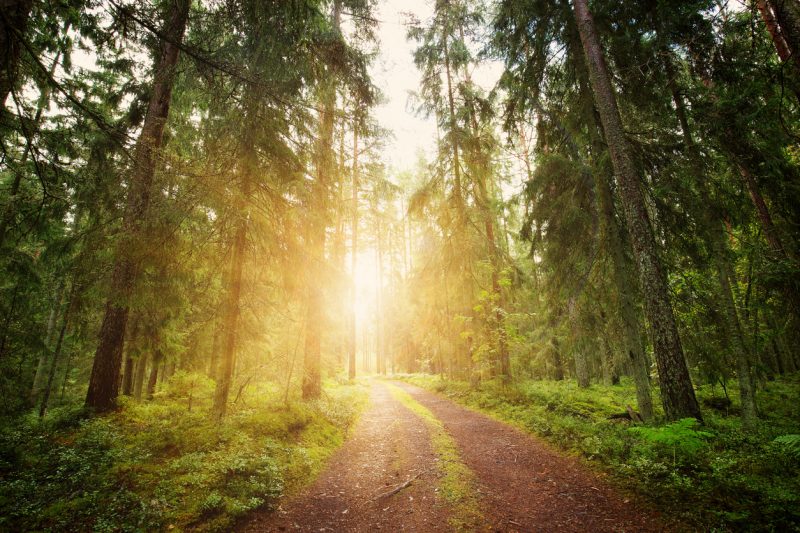
Scroll down for video
Wilderness survival requires a set of complex skills accompanied by the will to live. As you maybe know, food supplies in the wilderness are limited.
But did you ever think that they are so limited that you might have to eat tree bark? Well, it’s true – some tree barks are edible.
Use of tree barks through the world’s history
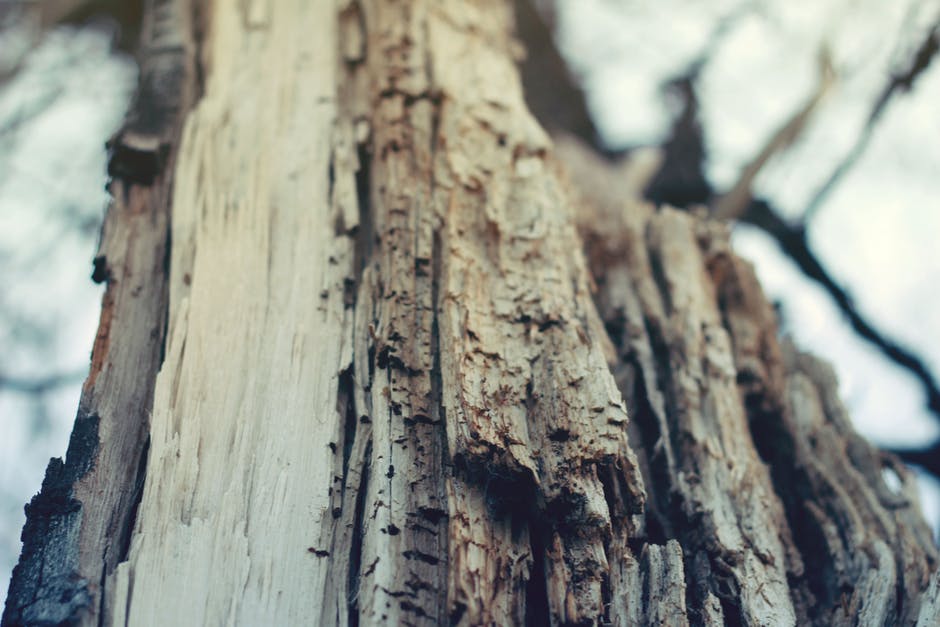
First of all, you need to know that you can only eat the inner part of the bark, the part that’s next to the trunk. Many Native American cultures used the inner bark for food and medicine. Tree bark from pine and other trees were a crucial part of Native American people’s diet. The early explorers of North America noticed acres of land with stripped trees which points to an extreme use of it.
Pine bark bread was a specialty in Sweden and Finland for centuries. People were using rye flour with the baked and ground inner layer of pine tree bark. The Sami People of Norway, Finland, Sweden and some parts of Russia peel big strips from pine trees in spring and dry them for winter use. The bark was consumed fresh, dried or roasted.
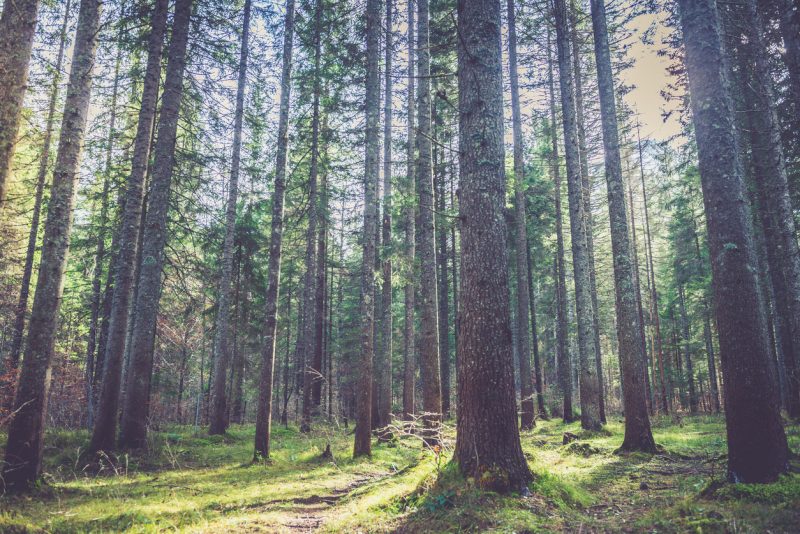
Tree bark nutrition facts
Inner tree bark has many good points. For example, you can use the bark from the same tree all around the year. The bark is nutritious and contains 500-600 calories per pound, depending on the type of the tree, the soil and other factors. Nevertheless, all tree barks are rich in digestible starches, some sugar, vitamins, minerals, and tons of fiber, thus good for your stomach. It’s not like it’s the tastiest food ever, but it can save your life for sure.
Which trees have an edible bark?
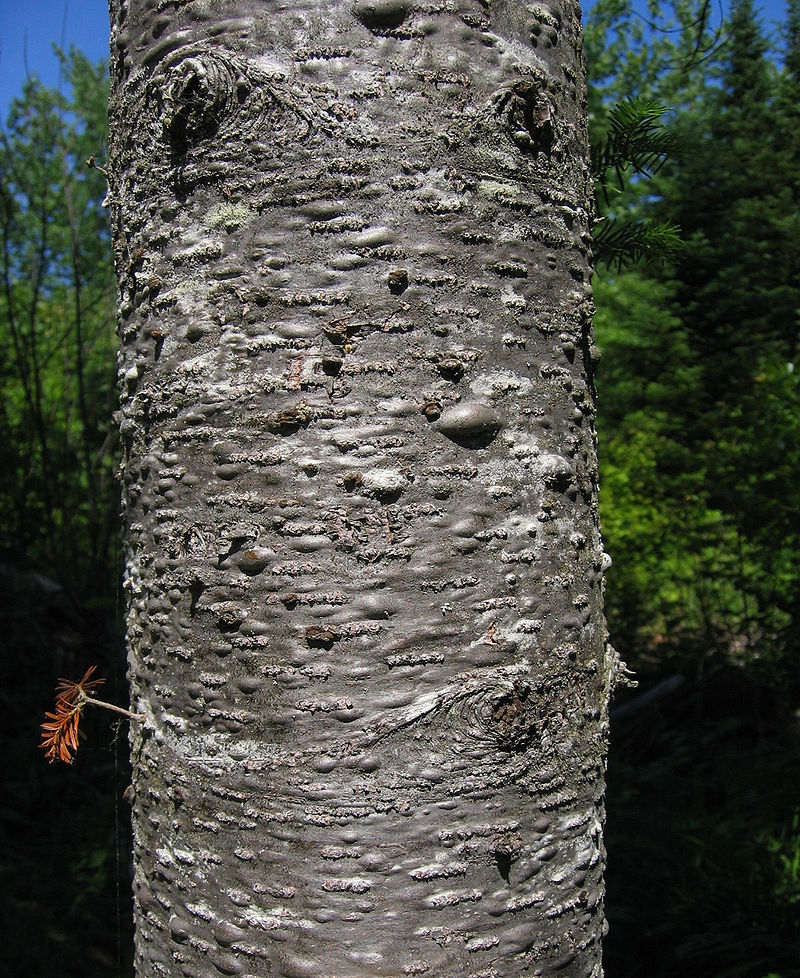
Pines, Slippery Elm, Black Birch, Yellow Birch, Red Spruce, Black Spruce, Balsam Fir, and Tamarack are the trees that can save your life in the forest. If possible, always choose to eat the Pine or make a pine needle tea which is full of Vitamin C. However, pregnant women should avoid pine needle tea because it’s too strong.
Harvest and preparation of the bark
The first step is to identify the right tree with a book or with instruction from an expert. Then shave the grey and the green layers of the bark until you reach the white or the cream-colored bark. Don’t dig too deep because you don’t want to shave the actual wood, only the bark.
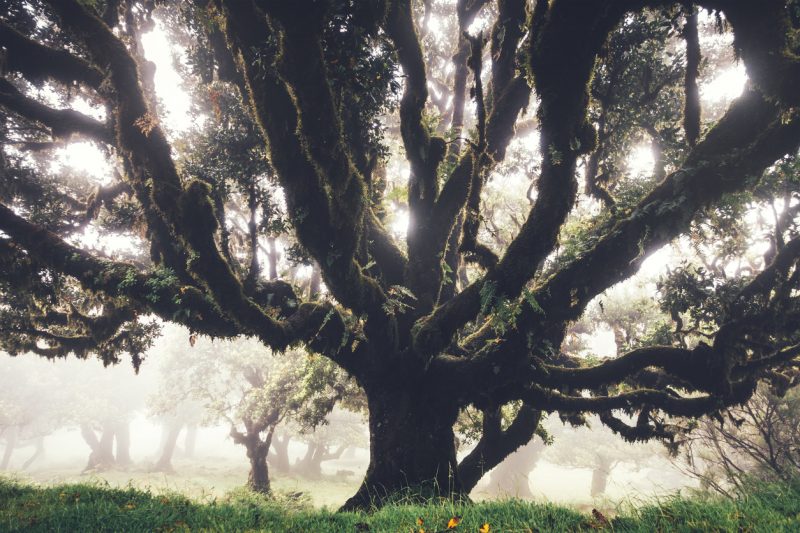
Cut off only the white, soft bark. To fry the bark, you can use it fresh from the tree, put it in a pan with a teaspoon of oil and fry it for a few minutes on each side. It doesn’t taste like jerky, but it’s a decent survival food.
If you want to make a flour from the bark, leave it in the sun until it’s completely dry. After that, collect the dry bark strips and grind them between two stones. If you have a knife, you can cut the bark into smaller pieces before grinding it. The final product will look more like an oatmeal than a wheat flour, but you can make an improvised bread out of it. Good luck!
If you have any comments then please drop us a message on our Outdoor Revival Facebook page
If you have a good story to tell or blog let us know about it on our FB page, we’re also happy for article or review submissions, we’d love to hear from you.
We live in a beautiful world, get out there and enjoy it. Outdoor Revival – Reconnecting us all with the Outdoors.





